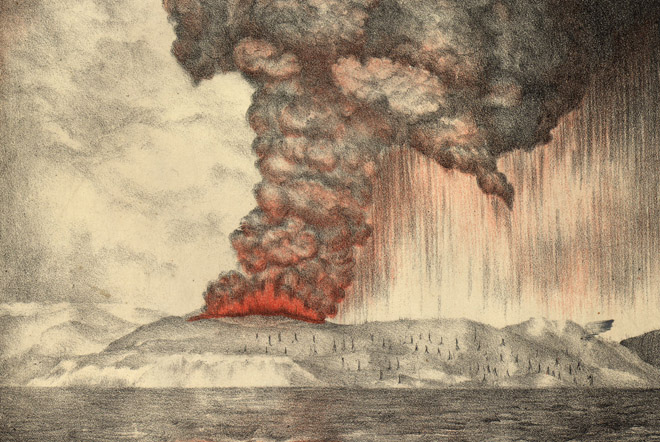
This would make the 1258 eruption ~8 times larger than Krakatau in 1883 and two times larger than Tambora in 1815 (when comparing their sulfate injection mass; Emile-Geay et al., 2008). So, how does the geologic community (or historical community for that matter) not have any record of such an massive eruption that happened less than 800 years ago?
First, I should discuss a little bit of the evidence for the 1258 A.D. eruption. As mentioned above, there is a record of increased sulfur and ash particles in ice cores from both the North and South Poles, along with other places such as sediment from Lake Malawi (Emile-Geay et al., 2008). Now, many of these ice cores and sediment records have been dated, so we can correlate them across the globe (within error). The combined data points towards an eruption that occurred in 1258 (or possibly 1259) - in fact, based on some of the weather records from Europe, the date could be constrained to between January and mid-May 1258 (Stothers 2000).
Read the rest of the article at Wired.com



Reader Comments
to our Newsletter